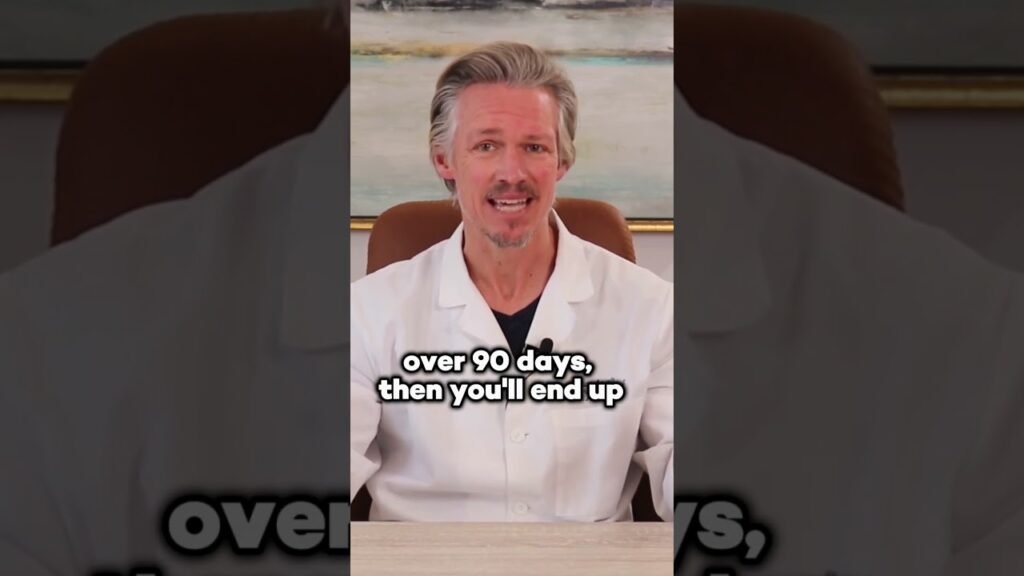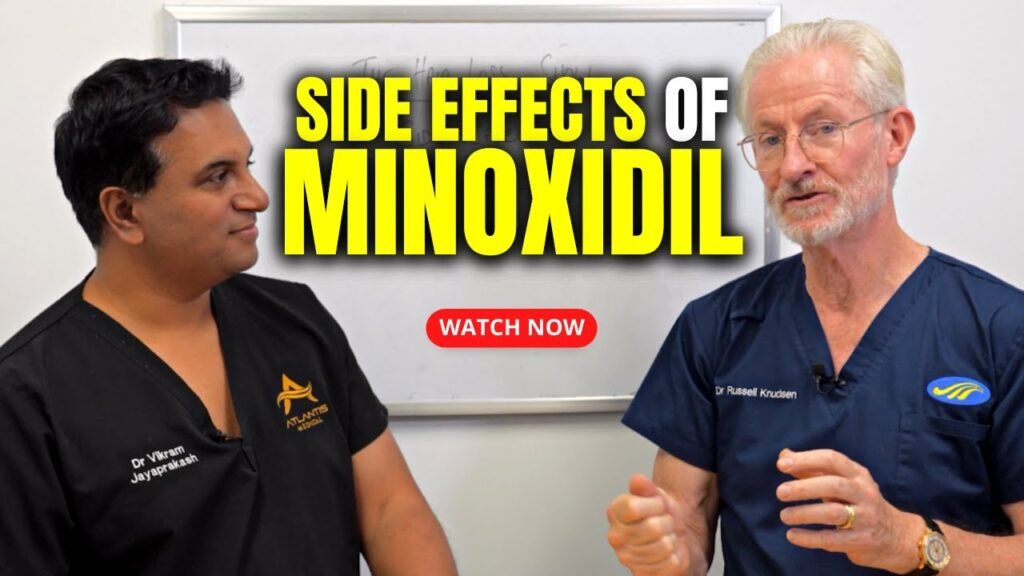Understanding Minoxidil and Its Common Uses
Minoxidil is a topical medication primarily used to promote hair growth and slow down balding. Originally developed as an oral drug for treating high blood pressure, its hair-growing side effect led to its topical formulation, widely recognized today under brand names like Rogaine. **Minoxidil works by stimulating hair follicles and extending the growth phase of hair, making it a popular choice for those dealing with androgenetic alopecia, commonly known as male or female pattern baldness.** Its effectiveness in increasing hair density and improving hair health makes it a staple in hair regrowth treatments.
How Minoxidil Works
The mechanism by which Minoxidil promotes hair growth is not entirely understood, but it is believed to work by dilating blood vessels in the scalp, which may improve hair follicle function and stimulate hair growth. Minoxidil is typically available in two concentrations: 2% and 5%. The 5% concentration is often recommended for men, while the 2% solution is generally prescribed for women to reduce the risk of side effects such as scalp irritation. Users apply the solution directly to the scalp twice a day, and consistent application is crucial for achieving and maintaining results.
Common Uses and Considerations
While Minoxidil is most commonly used for treating androgenetic alopecia, it has also been employed in other conditions, such as alopecia areata, a type of hair loss that occurs when the immune system attacks hair follicles. However, it is important to note that results can vary, and not everyone will experience significant hair regrowth. Minoxidil is not a cure for baldness, and hair loss typically resumes if the treatment is discontinued. Users should also be aware of potential side effects, which may include itching, redness, or unwanted facial hair growth. Consulting with a healthcare provider before starting Minoxidil is recommended to ensure it is a suitable treatment option.
Why Minoxidil Can Cause an Itchy Scalp
Minoxidil is a popular over-the-counter medication used to treat hair loss and stimulate hair regrowth. However, one of the common side effects reported by users is an itchy scalp. This discomfort can be attributed to several factors associated with the formulation and action of Minoxidil.
Alcohol and Propylene Glycol
One primary reason for the itchiness is the presence of alcohol and propylene glycol in many Minoxidil formulations. These ingredients are used to dissolve the active component and facilitate its penetration into the scalp. Alcohol can be drying to the skin, stripping away natural oils that keep the scalp moisturized. This dryness often leads to irritation and itching. Similarly, propylene glycol is known for its potential to cause contact dermatitis in sensitive individuals, contributing further to the itchiness experienced by users.
Increased Blood Flow and Scalp Sensitivity
Minoxidil works by increasing blood flow to the hair follicles, which is beneficial for hair growth but can also lead to increased scalp sensitivity. The enhanced blood circulation can cause a tingling sensation that some users perceive as itchiness. This increased sensitivity might make the scalp more reactive to external factors like hair products or environmental changes, exacerbating the itchy feeling.
To alleviate these symptoms, users might consider switching to a Minoxidil formulation with a lower alcohol content or one that uses a different solvent. Additionally, incorporating a moisturizing scalp treatment can help counteract the dryness and maintain scalp health.
Hidden Risks of an Itchy Scalp from Minoxidil
Minoxidil, a popular treatment for hair loss, is known for its effectiveness in promoting hair growth. However, it can sometimes lead to an uncomfortable side effect: an itchy scalp. While this might seem like a minor inconvenience, its important to understand the hidden risks associated with this reaction. An itchy scalp can be more than just a nuisance; it can be a sign of an underlying issue that needs attention.
One potential risk of an itchy scalp from minoxidil is the development of contact dermatitis. This condition occurs when the skin reacts adversely to a substance, resulting in inflammation, redness, and itching. In some cases, individuals using minoxidil may experience an allergic reaction to the products ingredients, which can exacerbate these symptoms. If left untreated, contact dermatitis can lead to more severe skin issues, such as infection or persistent irritation.
Another hidden risk is the potential for increased hair shedding. While minoxidil is designed to stimulate hair growth, an itchy scalp can lead to excessive scratching, which might inadvertently cause hair to fall out. This paradoxical effect can be particularly distressing for individuals using minoxidil to combat hair loss. Additionally, continuous irritation can disrupt the hair growth cycle, potentially slowing down the positive effects of the treatment.
To mitigate these risks, its crucial to monitor the scalps condition regularly and address any persistent itchiness promptly. Consulting a healthcare professional can help determine whether the itchiness is a temporary side effect or a sign of a more serious reaction. By understanding and managing these hidden risks, users of minoxidil can ensure they reap the benefits of the treatment without compromising their scalp health.
How to Manage and Prevent Scalp Irritation
Dealing with scalp irritation can be both uncomfortable and frustrating. Understanding the underlying causes and adopting a few strategic measures can significantly alleviate this issue. Regular cleansing is crucial; however, its important to use a mild shampoo that is free from harsh chemicals like sulfates and parabens, which can strip the scalp of its natural oils. Opt for products with soothing ingredients such as aloe vera or chamomile, known for their calming properties.
Moisturize Your Scalp
Just like your skin, your scalp needs regular moisture to stay healthy and irritation-free. Incorporate a gentle, hydrating conditioner into your hair care routine, focusing on the scalp as well as the hair. Additionally, consider using natural oils like coconut or jojoba oil, which can be massaged into the scalp to provide extra moisture and reduce dryness. Doing this once or twice a week can help maintain a balanced scalp environment.
Adopt a Healthy Lifestyle
A balanced diet and adequate hydration play a significant role in preventing scalp irritation. Ensure youre consuming enough vitamins and minerals, particularly omega-3 fatty acids, zinc, and vitamin E, which are known to promote scalp health. Staying hydrated is equally important, as it helps maintain the skins moisture levels. Moreover, try to manage stress effectively, as it can often exacerbate scalp conditions. Techniques such as yoga, meditation, or even a short daily walk can make a big difference in maintaining overall health and preventing scalp irritation.
Alternatives to Minoxidil for Hair Growth
For those seeking alternatives to Minoxidil for hair growth, there are several natural and medical options available that may offer promising results. One popular choice is finasteride, a prescription medication that works by reducing the levels of dihydrotestosterone (DHT) in the scalp, a hormone linked to hair loss. Unlike Minoxidil, which is a topical solution, finasteride is typically taken orally and is particularly effective for male pattern baldness. However, its essential to consult with a healthcare provider to understand potential side effects.
In addition to medical treatments, many people turn to natural remedies that promote hair health. Saw palmetto is a well-known herbal supplement believed to block DHT production, much like finasteride, but with fewer side effects. Another popular natural treatment is pumpkin seed oil, which has been shown in some studies to support hair growth due to its rich content of fatty acids and phytosterols. Both of these options are available over-the-counter and can be integrated into daily routines with relative ease.
For those interested in topical solutions, essential oils such as rosemary and peppermint have gained attention for their potential to stimulate hair follicles. These oils can be diluted with a carrier oil, such as coconut or jojoba oil, and massaged into the scalp to enhance circulation and potentially encourage hair growth. Additionally, low-level laser therapy (LLLT) devices are emerging as a non-invasive option for stimulating hair follicles. These devices are available in various forms, including combs and helmets, and are designed to be used regularly to achieve optimal results.


